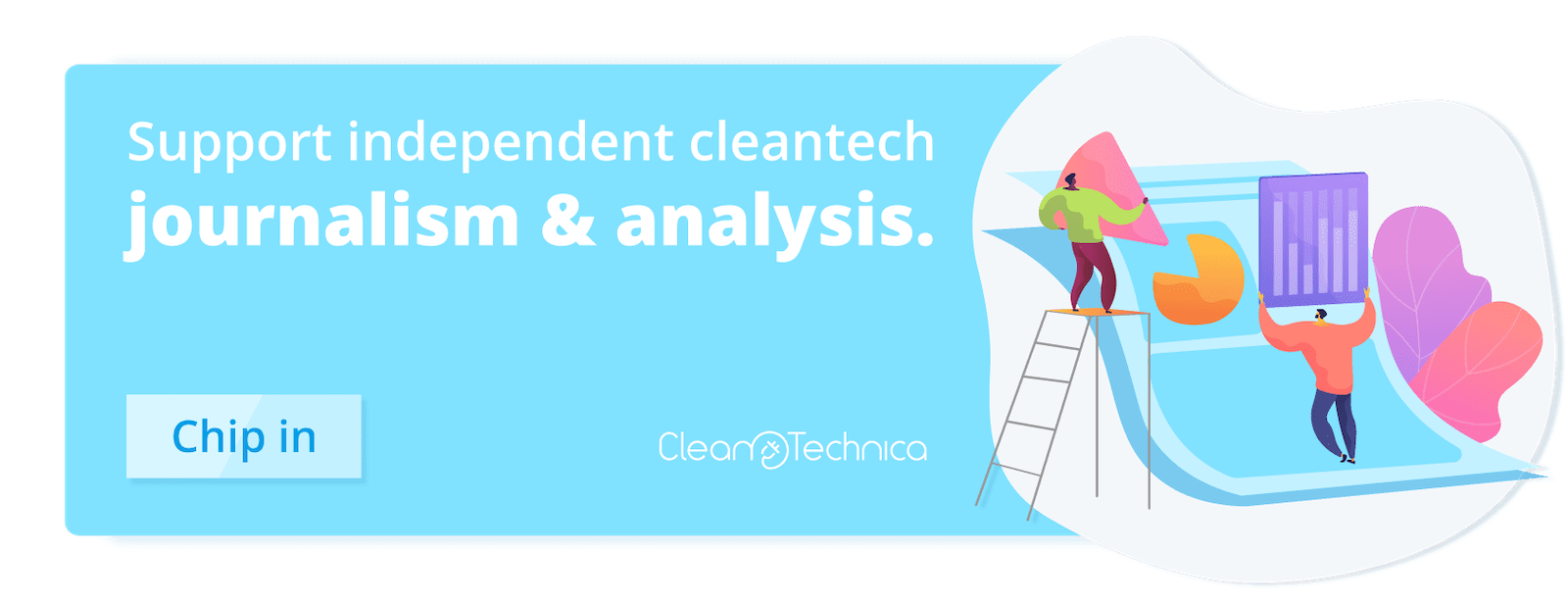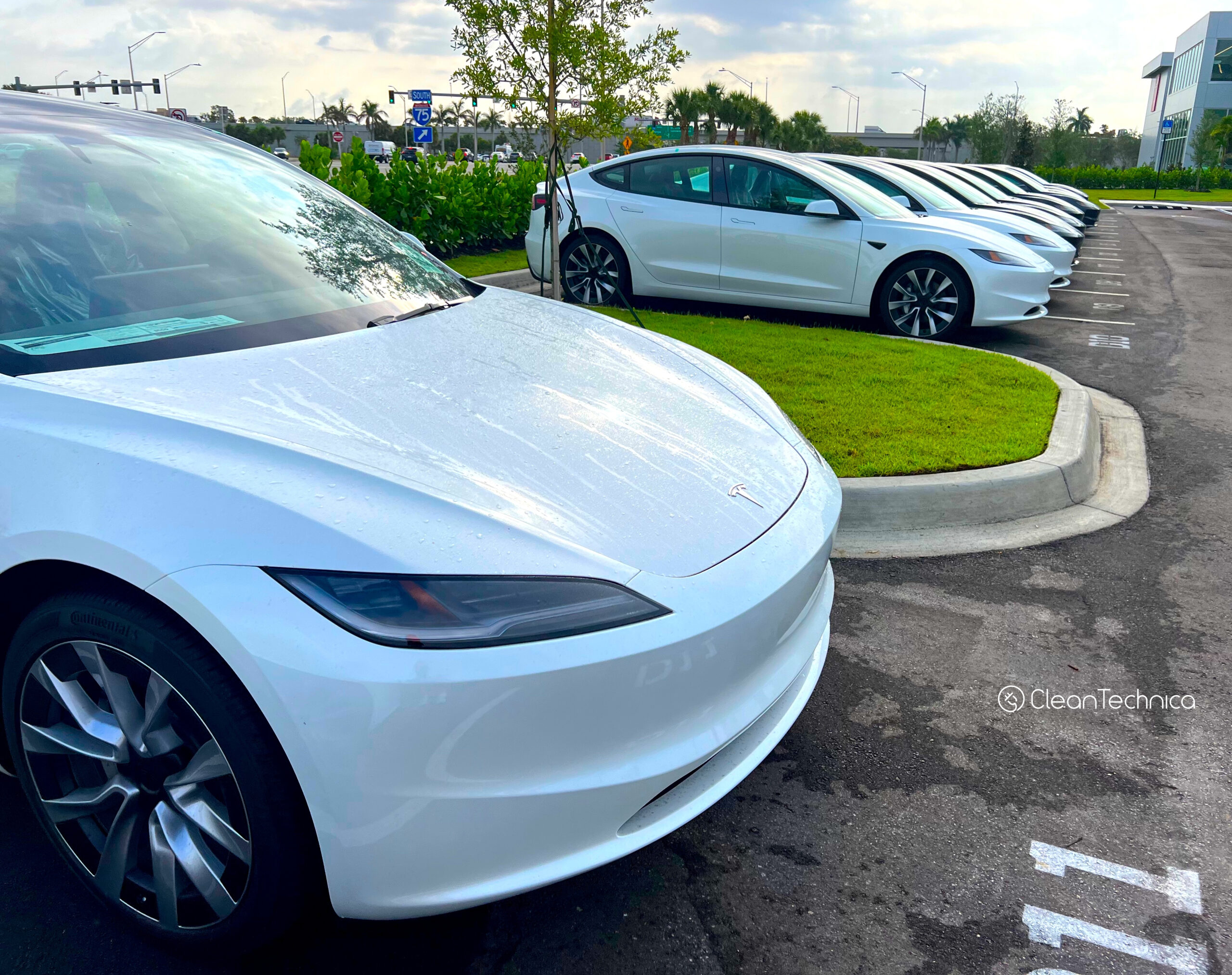
We in very developed nations often forget that much of the world doesn’t have electricity, and other places don’t have very reliable electricity. There are many solar startups and nonprofit organizations out there doing what they can to help bring electricity to more of the world, and especially to bring it using clean, renewable energy resources. However, much more is always needed. Sometimes it feels like this is an endless well, and no matter how much is done, the same amount of work remains. Though, what helps is to look at the actual impact being made.
All of these solar startups and nonprofit organizations make a difference, a huge difference. I have to admit that I wouldn’t realize how much is being done and the scale of the help if I didn’t work with the Zayed Sustainability Energy Prize (formerly called the Zayed Future Energy Prize) for a few years. The UAE-based effort does a fabulous job of finding the great work that is happening on this front, bringing it much more attention, and supporting it. If you want something to brighten your day, scroll through those links and read about company after company and organization after organization working wonders to bring clean electricity, clean water, and other great things to people around the world. But — there is always more work to be done.
One more startup helping out in Africa and doing its part is Yellow. Yes, that’s the name. Yellow finances solar energy and digital devices like smartphones in Malawi, where it was founded in 2018, Madagascar, Rwanda, Uganda, and Zambia. Well, actually, it’s just about to enter some of those markets thanks to a new fundraising round. The company just raised $14 million in a series B fundraising round led by Convergence Partners.
“The newly injected capital is being used to leverage more debt finance to reach more customers with financed smartphones and solar systems. While the business will broaden its product offering to include other mobile financial services, growth will be fueled primarily by deepening our expertise in our existing product categories,” said Yellow founder and CEO, Heyink.
So, how much has Yellow actually helped so far? “Yellow claims to be profitable having recorded a compound annual growth rate (CAGR) of 265% over the last four-year period. The startup says its network of 1,100 agents, who source and make applications for the asset finance on behalf of customers through its proprietary Ofeefee app, have enabled it to penetrate and reach over 400,000 customers in its five markets,” TechCrunch writes. “The startup’s small home solar system, comprising a 6W–10W panel, 20-50Wh battery, 4 lights, cellphone charger and radio, remains its most popular product. It also sells solar systems with bigger capacities, and smartphones.
“For the small and large solar home systems, users pay a deposit of $10 and $68, respectively, and remit the balance through monthly payments spread over six and 24 months.”
We’ll keep an eye on Yellow and see how long until it reaches one million customers.
Featured image courtesy of Yellow.
I don’t like paywalls. You don’t like paywalls. Who likes paywalls? Here at CleanTechnica, we implemented a limited paywall for a while, but it always felt wrong — and it was always tough to decide what we should put behind there. In theory, your most exclusive and best content goes behind a paywall. But then fewer people read it! We just don’t like paywalls, and so we’ve decided to ditch ours. Unfortunately, the media business is still a tough, cut-throat business with tiny margins. It’s a never-ending Olympic challenge to stay above water or even perhaps — gasp — grow. So …
Sign up for daily news updates from CleanTechnica on email. Or follow us on Google News!
Have a tip for CleanTechnica, want to advertise, or want to suggest a guest for our CleanTech Talk podcast? Contact us here.
Former Tesla Battery Expert Leading Lyten Into New Lithium-Sulfur Battery Era:
CleanTechnica uses affiliate links. See our policy here.




